Application of a topical antimicrobial agent to a burn wound is now a standard intervention that contributes to improved outcome following burn injury. However, the wide variety of available agents makes the choice of an appropriate agent quite challenging, especially in children with burns. Topical antimicrobial agents for the burn wound were developed in the 1950s and 1960s to deal with the problem of invasive infection of the burn wound. Invasive infection of the burn wound leading to sepsis and death was commonplace . Aside from the recognized threat of burn wound sepsis, burn wound infections also may lead to wound conversion, skin graft failure, and prolonged hospitalization.
The introduction of topical antimicrobial agents was a major advancement in burn care and proved to be responsible for important reductions in mortality from burn wound sepsis . Therefore, regardless of burn depth, topical antimicrobials are most importantly indicated when there is clinical suspicion of risk of infection, or when a wound infection is evident. Throughout most of history, serious burns occupying a large percentage of body surface area were an almost certain death sentence because of subsequent infection. However the relentless increase in microbial resistance to antibiotics and other antimicrobials has led to a renewed search for alternative approaches to prevent and combat burn infections. This review will cover patented strategies that have been issued or filed with regard to new topical agents, preparations, and methods of combating burn infections. Animal models that are used in preclinical studies are discussed.
This active area of research will continue to provide new topical antimicrobials for burns that will battle against growing multi-drug resistance. In vitro, nanocrystalline silver dressings have shown antimicrobial activity against a broad spectrum of bacteria, antibiotic-resistant organisms, as well as yeasts and fungi . This might be especially beneficial in the pediatric burn population. Similar findings of reduced hospitalization and cost by use of outpatient nanocrystalline silver dressings as opposed to inpatient SSD for pediatric patients with scald burns have been reported .
Similarly, there is conflicting evidence on whether silver-releasing dressings impede or promote re-epithelialization . For minor burns, soak the burn in cool water for at least 5 minutes. The cool water helps reduce swelling by pulling heat away from the burned skin. Treat the burn with a skin care product from your first aid kit that protects and heals skin.
This would include products such as aloe vera cream or an antibiotic ointment. You can wrap a dry gauze bandage loosely around the burn. This will protect the area and keep the air off of it. An over-the-counter pain reliever can help treat swelling, inflammation, and pain. The deep second-degree burn in a child poses a more difficult challenge.
The difficulty mainly arises from our imprecision in diagnosing this burn depth. However, If the burn is truly a deep partial-thickness wound, there is a higher risk of a burn wound infection and early excision and grafting is the recommended approach. In this case, there is less concern over inhibiting spontaneous healing, and the risk to benefit ratio of standard topical antimicrobials such as silver nitrate, SSD, and mafenide acetate is lower. One practical consideration in this scenario is that SSD and mafenide cream leave a pseudoeschar on the wound which makes ongoing assessment of the burn depth even more difficult. This problem could be avoided with the 5% mafenide acetate solution. Antiseptic solutions such as Dakin's or acetic acid may also be considered but are less conventional.
Nanocrystalline silver-releasing dressings such as Acticoat® may also be a useful option as they require less frequent changes and do not produce a pseudoeschar. Paradoxically, many of the topical antimicrobial agents currently in use also have cytotoxic effects on keratinocytes and fibroblasts and have the potential to delay wound healing. Especially relevant to the pediatric burn patient are the antimicrobial agent's properties related to causing pain or irritation and the required frequency of application and dressings. This article will discuss the general principles surrounding the use of topical antimicrobials on burn wounds and will review the most common agents currently in use. This capability was originally harnessed to successfully counter the problem of invasive burn wound infection and fatal septicemia from gram-negative species, especially Pseudomonas . The agent was initially produced as an 11% cream, but is also available as a 5% aqueous solution.
The most common use of mafenide acetate is for deep or infected burns where penetration of the antibiotic into the eschar is advantageous. For the same reason, the cream is also used for deep burns of the ear to prevent invasive infection leading to suppurative chondritis of the ear cartilage . More recently, 5% and even 2.5% MA solution have been used in all phases of burn wound care including application to unexcised burns and as a postoperative irrigation on freshly applied skin grafts . A 0.5% silver nitrate solution has been used as a topical antimicrobial agent for burn wounds for over half a century .
Ionic silver dissociates from AgNO3 to effectively inhibit a broad spectrum of microorganisms on the burn wound including Staphylococcus species, some gram-negatives including Pseudomonas and some yeasts. However, the liberated free silver ions readily precipitate with chloride and any other negatively charged molecules, inactivating the silver, and creating inert silver salts. Consequently, silver ions do not penetrate deeply into the eschar and must be frequently replenished by keeping the gauze dressings on the wound continuously wet with the 0.5% AgNO3 solution. Furthermore, these silver salts stain everything that they contact, from the wounds to the dressings to the patients' bed linens and room surfaces, with a brown-black residue. Poor eschar penetration and labor intensiveness are considered the main drawbacks of AgNO3. Also, the margin between silver nitrate's antimicrobial activity and cytotoxicity is narrow; Moyer recognized that a 1% concentration of AgNO3 harmed re-epithelialization of partial-thickness burns .
Bacterial conversion of nitrate to nitrite may rarely lead to methemoglobinemia . Many topical antimicrobial agents are cytotoxic to keratinocytes and fibroblasts, and as such have the potential to delay wound healing . In practical terms, among more superficial burns that are expected to heal on their own, it is more important to strike this balance. In these burns the goal is healing within 2–3 weeks of injury to reduce the likelihood of hypertrophic scarring .
Mafenide acetate 0.5% cream is a methylated topical sulfonamide compound. Since topical mafenide acetate cream can be used without dressings, so it allows open burn wound therapy and regular examination of the burn wound surface . Mafenide was introduced prior to silver sulfadiazine and was widely used for the treatment of burns. A 5% solution must be applied to saturate gauze dressings.
The solution appears to be as effective as the cream preparation when used in this way . This agent should be used in combination with nystatin to prevent this complication due to its limited antifungal activity . Neosporin + Burn Relief Dual Action Ointment is an antibiotic ointment that provides infection protection and helps soothe minor burn pain.
Formulated for first aid wound treatment, it contains bacitracin zinc, neomycin sulfate, and polymyxin B sulfate for antibiotic care of minor burns and wounds. The topical analgesic ointment is also formulated with pramoxine hydrochloride to help soothe and reduce burn pain for maximum-strength relief. From the #1 doctor-recommended brand, this antibiotic and pain relief ointment provides maximum strength relief without any sting forburn treatment, including cooking burns. Neosporin + Burn Relief Dual Action Ointment is a wound care essential to include in any burn care first-aid kit. Although early debridement and closure are strongly recommended for deep dermal and full-thickness burns, there are situations where early surgical excision cannot be performed.
Under these circumstances, the application of cerium nitrate , a salt compound of the rare earth element cerium, to these wounds may be beneficial. The first is that application turns burn eschar into a dry, hard, and adherent "shell" that protects the underlying wound from bacterial invasion. Eventually, when surgical excision of this cerium-hardened eschar is performed, the underlying granulation tissue is typically clean and suitable for grafting upon.
The second effect is that cerium binds and inactivates the release of lipid protein complex which is a pro-inflammatory and immunosuppressive toxin produced when heat polymerizes skin proteins . However, older literature has found conflicting results with respect to CN's effects on mortality . As discussed above, the use of silver fell into disuse with the advent of antibiotics. The renewed interest in silver comes as a consequence of the rapid development of bacterial resistance. In the 1970s, Fox decided that it was unnecessary to choose between silver and antibiotics; he combined silver nitrate with the antibiotic sodium sulphadiazine. This formulation, known as silver sulfadiazine , benefits from the inhibitory effect of silver and the antibacterial action of sulphadiazine .
Silver sulfadiazine was initially formulated as an ointment, but was later incorporated into a hydrophilic cream . Although SSD remains the gold standard in topical burn treatment, recent studies indicate that SSD may delay wound healing. Cho Lee et al. found that epidermal growth factor could significantly counter the deleterious effects of SSD on wound healing, and concluded that future preparations of SSD may come coupled with EGF. Another problem associated with SSD remains bacterial resistance to the sulphadiazine component .
SSD-resistant Pseudomonal species have been reported; a patent was issued for a formulation to combat these species, a combination of SSD and sodium piperacillin . Other patents have been issued for various SSD delivery systems, including animal tissue dressings , water-dispersible hydrophilic carriers , and topical spray preparations . Widespread application of effective topical antimicrobial agents reduced the microbial load on the burn wound surface and reduced the risk of infection . Selection of topical antimicrobial therapy should be based on the agent's ability to inhibit the microorganisms recovered from burn wound surveillance cultures.
The chemical structures of the antibiotics that are particularly used for topical application in burns are shown in Fig. Current patents describe the potential applications of these agents for wound dressings, bio-membrane, and wound coating material, postoperative adherent and cosmetic material applications. Burn units may rotate the use of various topical antimicrobial preparations to decrease the development of antibiotic resistance . Due to the limited resources for the management of burns in most regions of Africa there is a significant role for many aspects of traditional African medicine. Carica papaya is currently used in The Gambia as the major component of burns dressings, where the pulp of the papaya fruit is mashed and applied daily to full-thickness and infected burns.
It appears to be effective in desloughing necrotic tissue, preventing burn wound infection, and providing a granulating wound suitable for the application of a split thickness skin graft. Possible mechanisms of action include the activity of proteolytic enzymes chymopapain and papain, as well as an antimicrobial activity. Mupirocin is a fermentation product of Pseudomonas fluorescens , which was a potent inhibitor against gram-positive skin flora such as coagulase-negative staphylococci and Staphylococcus aureus . Pharmaceutical compositions comprising mupirocin and chlorhexidine are of use in treating topical bacterial infections, in particular infected burn injuries .
Mupirocin has also increasingly been used as a burn wound topical agent in North America, where MRSA has become a problem . Various topical antibiotic preparations, including 1% silver sulfadiazine, 2% mupirocin, and 2% fusidic acid, were recently compared for their antibacterial effect in an MRSA-infected rat burn model . Therefore, hospitals where MRSA is a problem may rotate the use of topical mupirocin in combination with these other agents to decrease the development of resistance. All burn wounds in children are initially treated by cleansing of the wound followed by application of a topical antimicrobial agent. The choice of an agent is complicated by the wide variety of products that are available.
In all cases, the goal is to achieve a stable healed wound within 2–3 weeks of injury. Since superficial burns have a preserved blood supply and perfusion through much of the dermis, they typically will become colonized but less frequently develop invasive burn wound infections. In contrast, deeper burns are covered by an avascular layer of moist and protein-rich dead skin , which fosters bacterial proliferation and invasion, leading to burn wound infection.
Furthermore, generalized immunosuppression associated with major burn injuries predisposes the patient to local burn wound infection. When bacteria in the eschar penetrate surrounding uninjured tissues and invade the bloodstream, fatal sepsis may result. Hence, there is an important need to suppress bacterial growth with topical agents, especially in deeper burns, to prevent invasive burn wound infection and its life-threatening consequences.
Antibiotic (an-ti-bahy-OT-ik) ointments or creams are often used to prevent or treat infections in patients with second-degree burns. Using these ointments may require the use of bandages. Your doctor can assist you in coordinating the dressing changes with your pain medication.
Dressings can be soaked off with water in a sink or shower. The skin and the burn wound should be washed gently with mild soap and rinsed well with tap water. Use a soft wash cloth or piece of gauze to gently remove old medications.
A small amount of bleeding is common with dressing changes. Your doctor will decide on the appropriate dressing and ointment. This will be based on the location of the burn, the need to control drainage, and your comfort. The medical uses of silver date back to at least the time of Hippocrates (the "father of modern medicine" ), who in his writings discussed silver's role in wound care. By the late nineteenth and early twentieth century, surgeons routinely used silver sutures to reduce the risk of postoperative inflammation and infection .
During World War I, soldiers used silver leaf to limit and treat battle wound infections . Silver fell into disuse around World War II due to the advent of antibiotics. Interest in the antimicrobial properties of silver was only reinvigorated in the year 1965 by Moyer who published a paper on silver nitrate's antibacterial effects . Today, silver has reemerged as a clinical treatment for the prevention and treatment of infections encountered in wounds, ulcers, and burns .
An antibiotic ointment contains an antibiotic within a water-in-oil emulsion where the volume of oil exceeds that of the water. Thus, such ointments provide not only an antibacterial effect but also they create a moist wound healing environment. Hence, these agents are optimally suited for superficial burns where spontaneous healing is expected. While the spectrum of bacterial coverage tends to be limited, these agents are relatively free of complications. In general, the ointments are applied two to three times daily as a thick layer for moisture retention and then are covered with a non-adherent dressing layer followed by gauze .
Mostly they are soothing to apply, easier to clean off than creams such as SSD, and tend to be reasonably well tolerated by children. One problem with MA is its lack of antifungal activity. Addition of nystatin to MA is used to avoid fungal overgrowth with prolonged use of MA. Another disadvantage is that MA is painful on application, especially on more superficial wounds. To some extent, this problem has been reduced by using the 5 and 2.5% solutions . Like other topical antimicrobials, MA is cytotoxic to fibroblasts and keratinocytes and may impede wound healing.
In vitro studies suggest that concentrations as low as 0.1% are toxic to these cells . Another adverse effect is that MA is a carbonic anhydrase inhibitor and may cause severe metabolic acidemia with compensatory hyperventilation when it is repetitively applied to large surface areas. For this reason, mafenide acetate cream is usually reserved for smaller deep burns, or it is alternated with SSD on larger burns.
Acid-base disturbances were not seen with use of the 5% solution in a study of nearly 700 adult and pediatric burn patients . Finally, MA may occasionally cause a local rash or skin irritation . Third-degree and more severe burns damage both layers of the skin and may also damage the underlying bones, muscles, and tendons. Sometimes there is no pain because the nerve endings under the skin are destroyed.



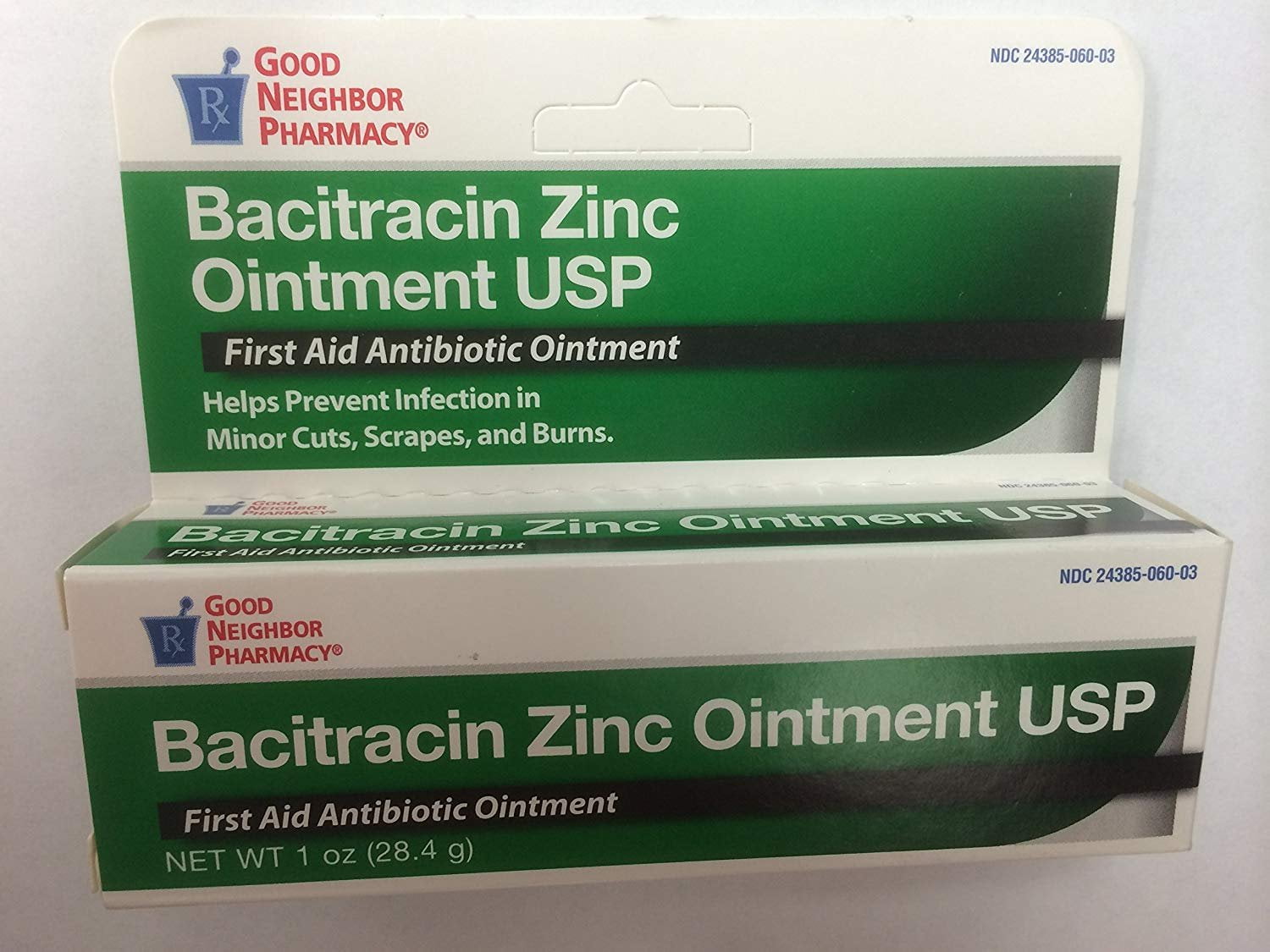


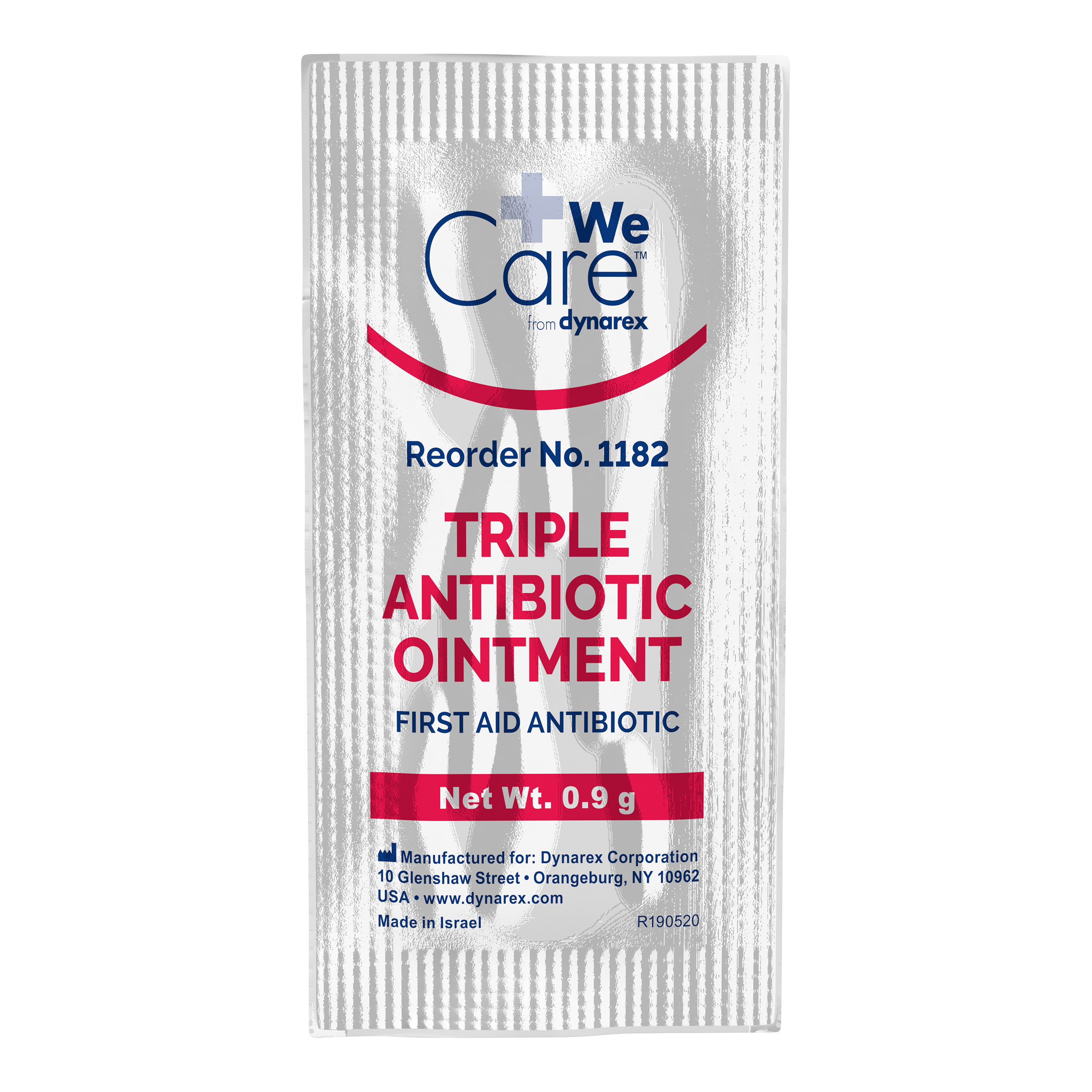









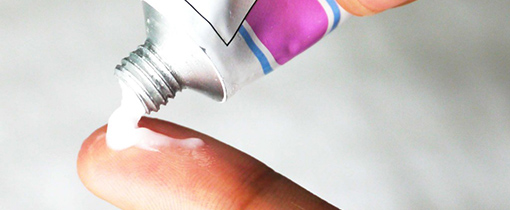
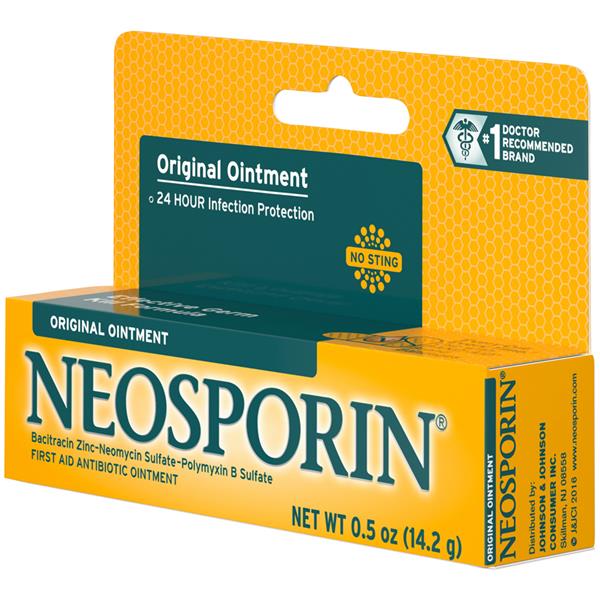






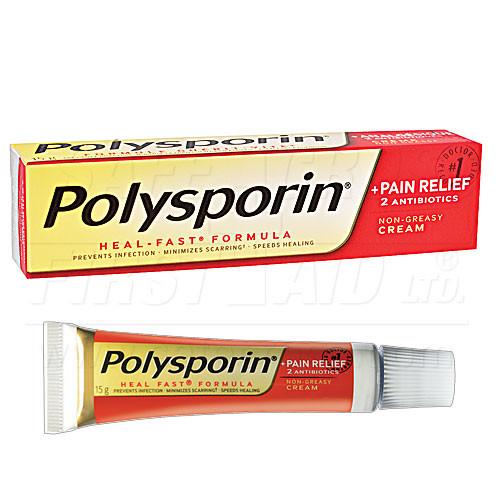
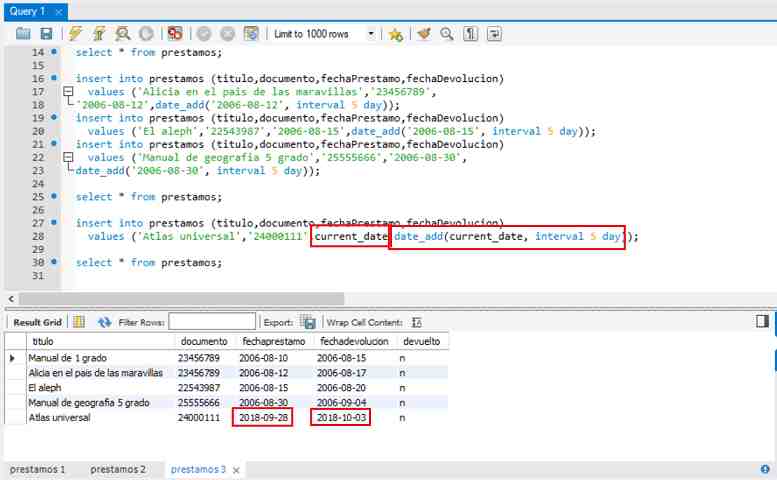
No comments:
Post a Comment
Note: Only a member of this blog may post a comment.